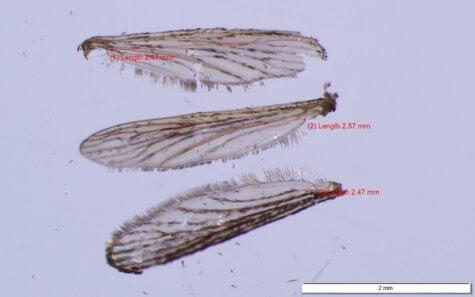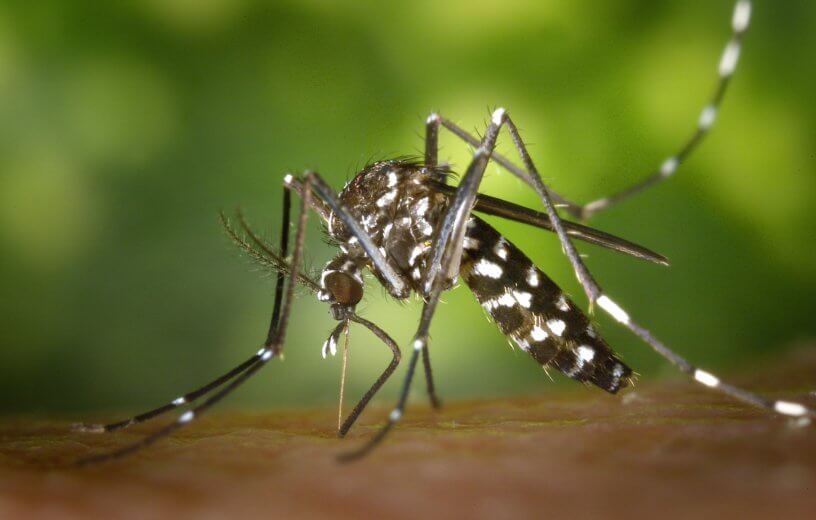MILLBROOK, N. Y. — As if the economic restraints from a life in poverty aren’t crippling enough, a new study finds that low-income urban neighborhoods in Baltimore not only have more mosquitoes, but they’re notably larger in size. Such a difference indicates a higher risk of transmitting diseases.
Researchers at the Cary Institute of Ecosystem Studies in New York have been using Baltimore as a testing grounds to study how environmental and social conditions affect the number of disease-carrying mosquitoes. They focused in particular on one species, the tiger mosquito, an invasive species which are especially plentiful in urban areas. They’re known to be aggressive day-biters and have been known to transmit several types of viruses, including Zika, dengue fever, chikungunya, Eastern Equine Encephalitis (EEE), and West Nile virus.

“More people are living in cities. At the same time, many other species are also adapting to city living,” says senior author and Cary Institute disease ecologist Shannon LaDeau in a statement. “Invasive species like the tiger mosquito increasingly thrive in temperate urban areas, living among us and fundamentally altering the risk of local disease emergence. ”
Previous research has revealed that the size of a mosquito in terms of wing length influences behaviors and traits that are significant in disease transmission. LaDeau and her colleagues found that mosquitoes from poorer blocks in Baltimore were larger than those from more affluent blocks.
For each block where the researchers trapped mosquitoes, they calculated the percentage of abandoned structures and counted the number of objects that could hold standing water (considered breeding grounds for the insect) to draw correlations to the numbers of juvenile tiger mosquitoes or adult female body size. The researchers found that mosquitoes from blocks that containing more abandoned properties had larger wings than those collected from areas with less abandonment.
The researchers say that lower-income residents are at a higher risk of contracting diseases from mosquitoes than wealthier residents, which shows a pressing need to revitalize infrastructure within inner-city neighborhoods.
“The trends we’re seeing in mosquito numbers and body size map onto socioeconomic patterns at the block-level. There are environmental justice and equity implications at play,” says LaDeau. “Residents of less affluent neighborhoods are exposed to more mosquitoes. If those mosquitoes have greater longevity or fitness, as previous studies on body size suggest, then residents may be at a greater risk of contracting mosquito-borne illnesses. There’s a pressing need to address infrastructure abandonment and waste management to protect all residents.”
The study was published in the Journal of Medical Entomology.
